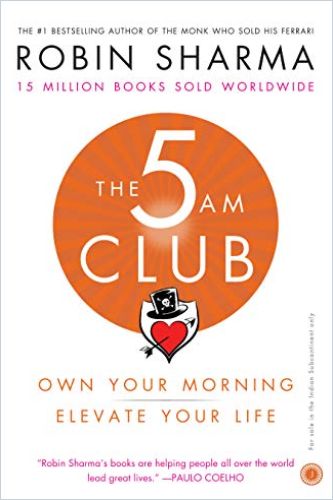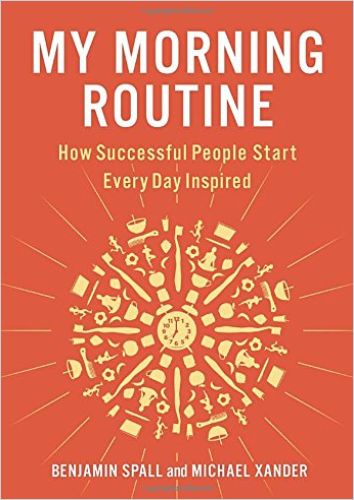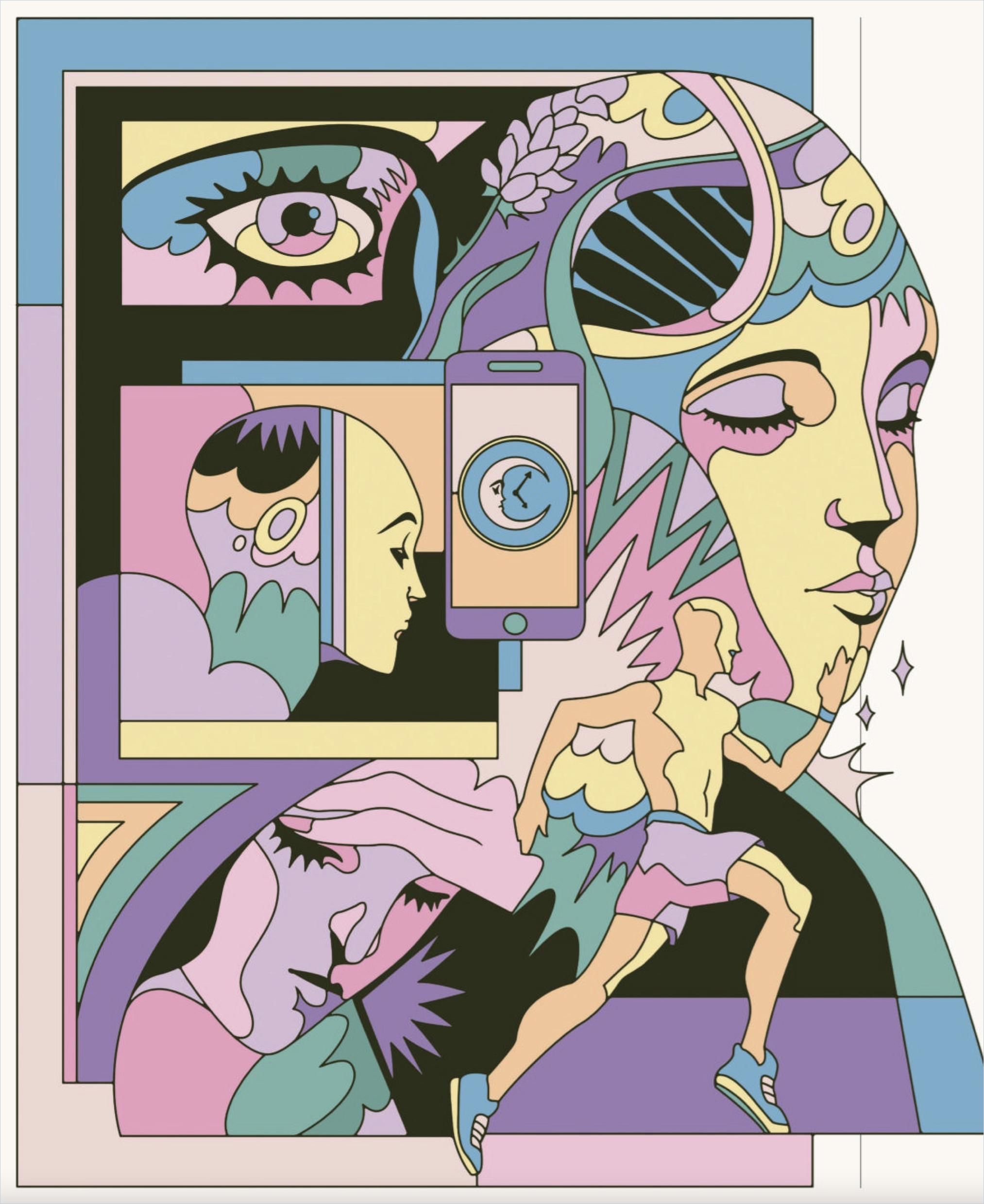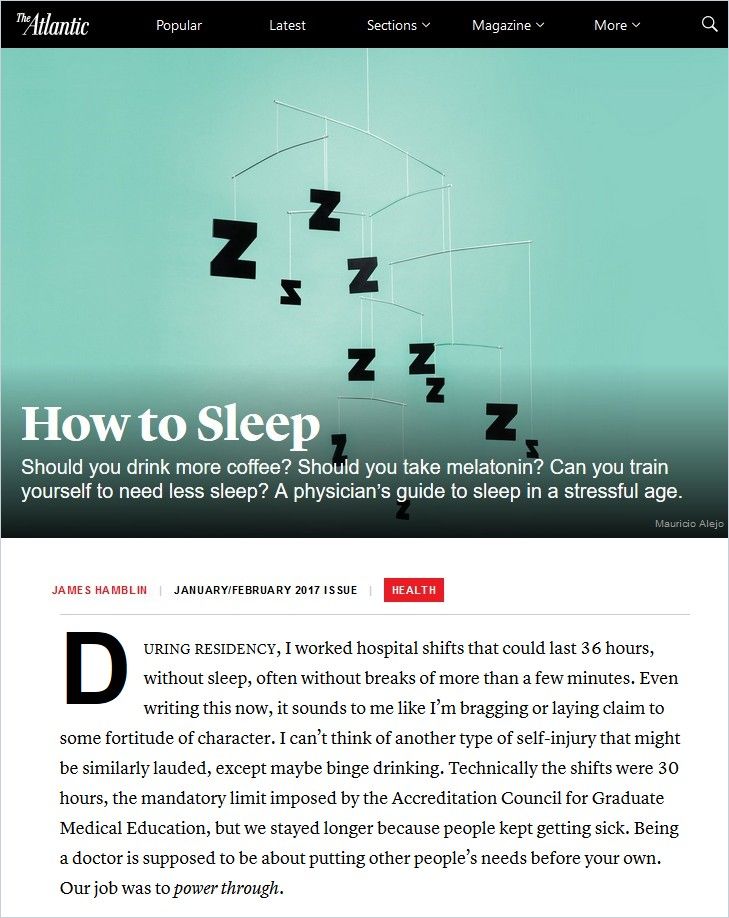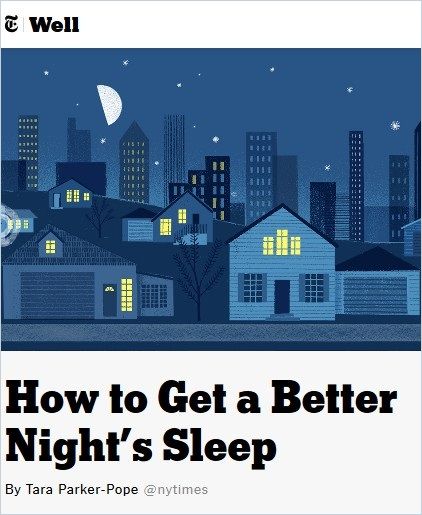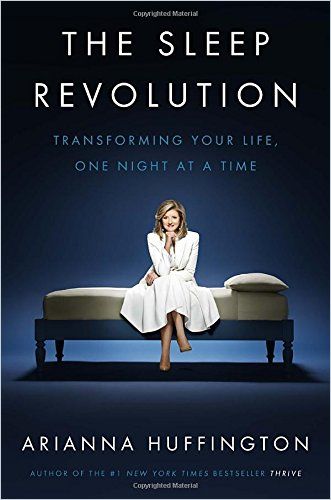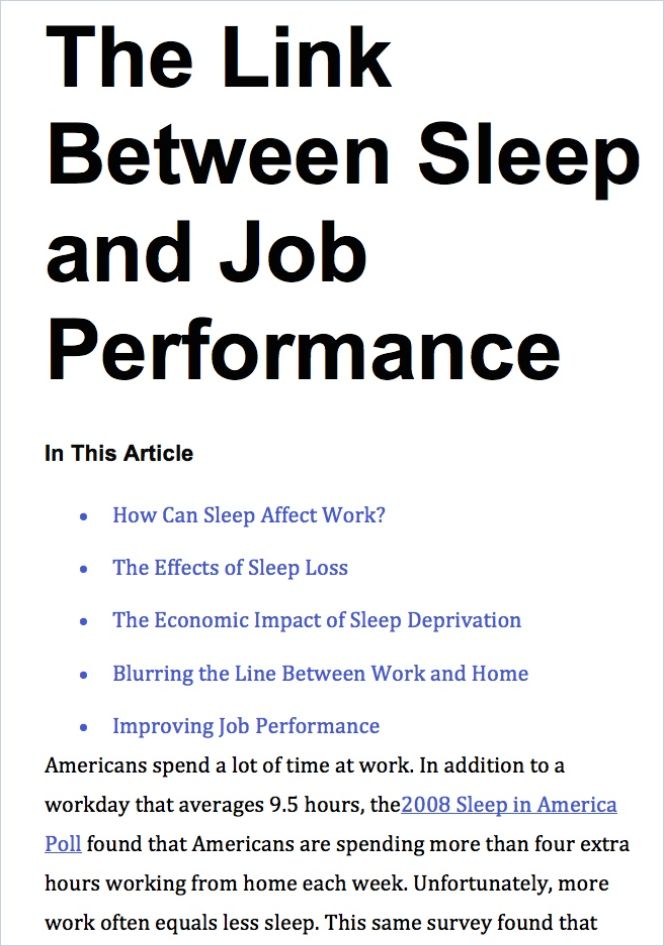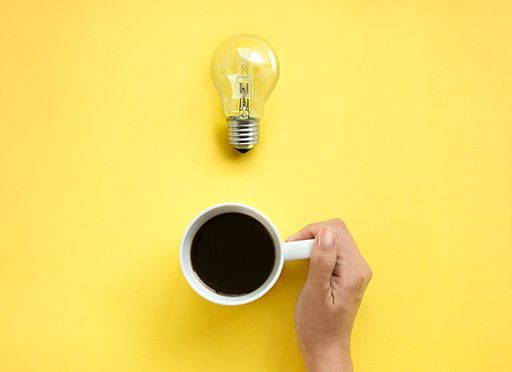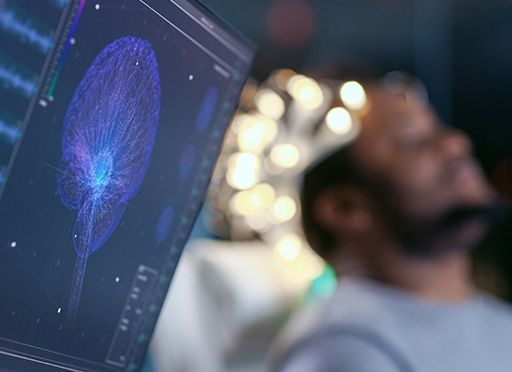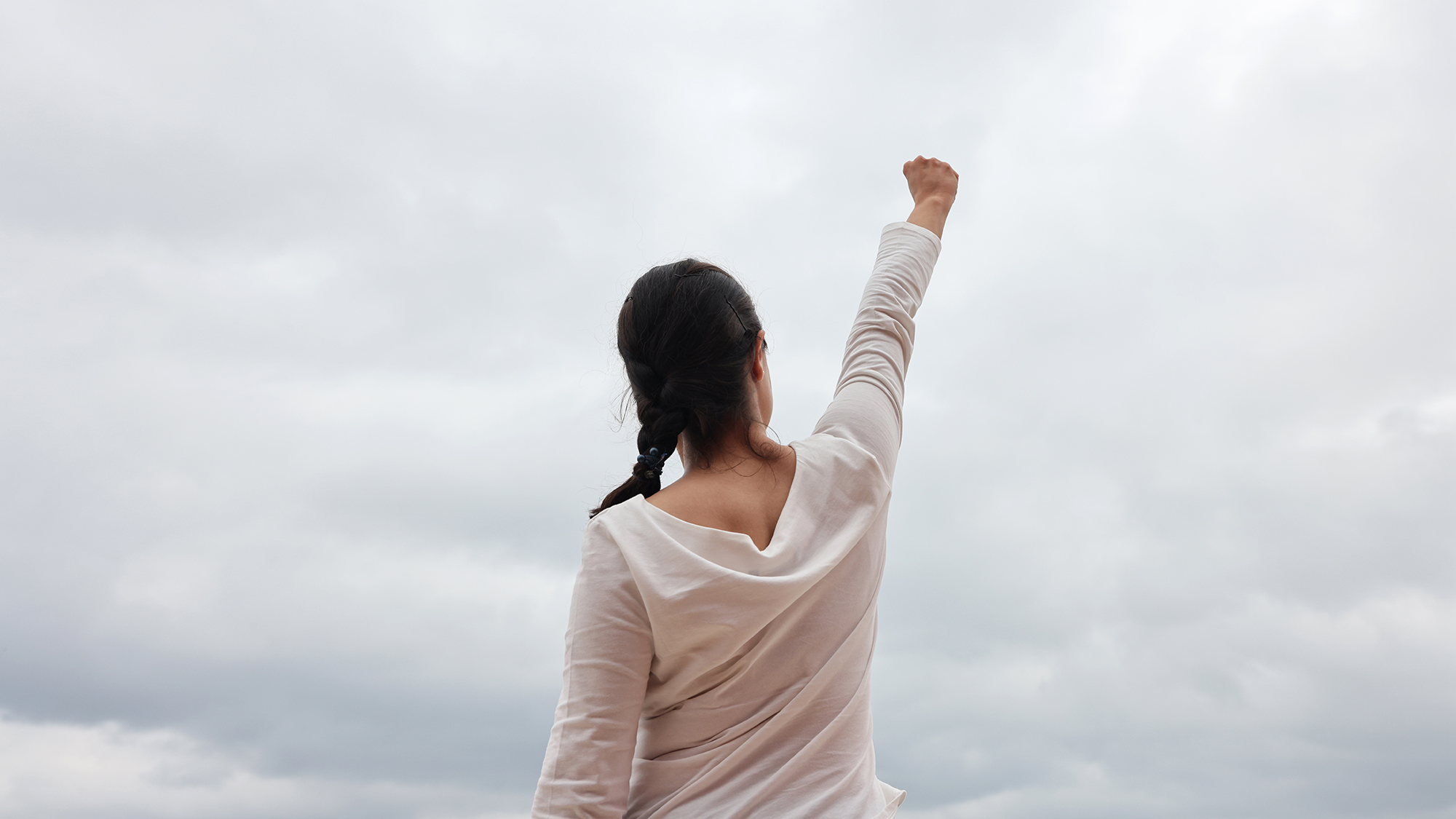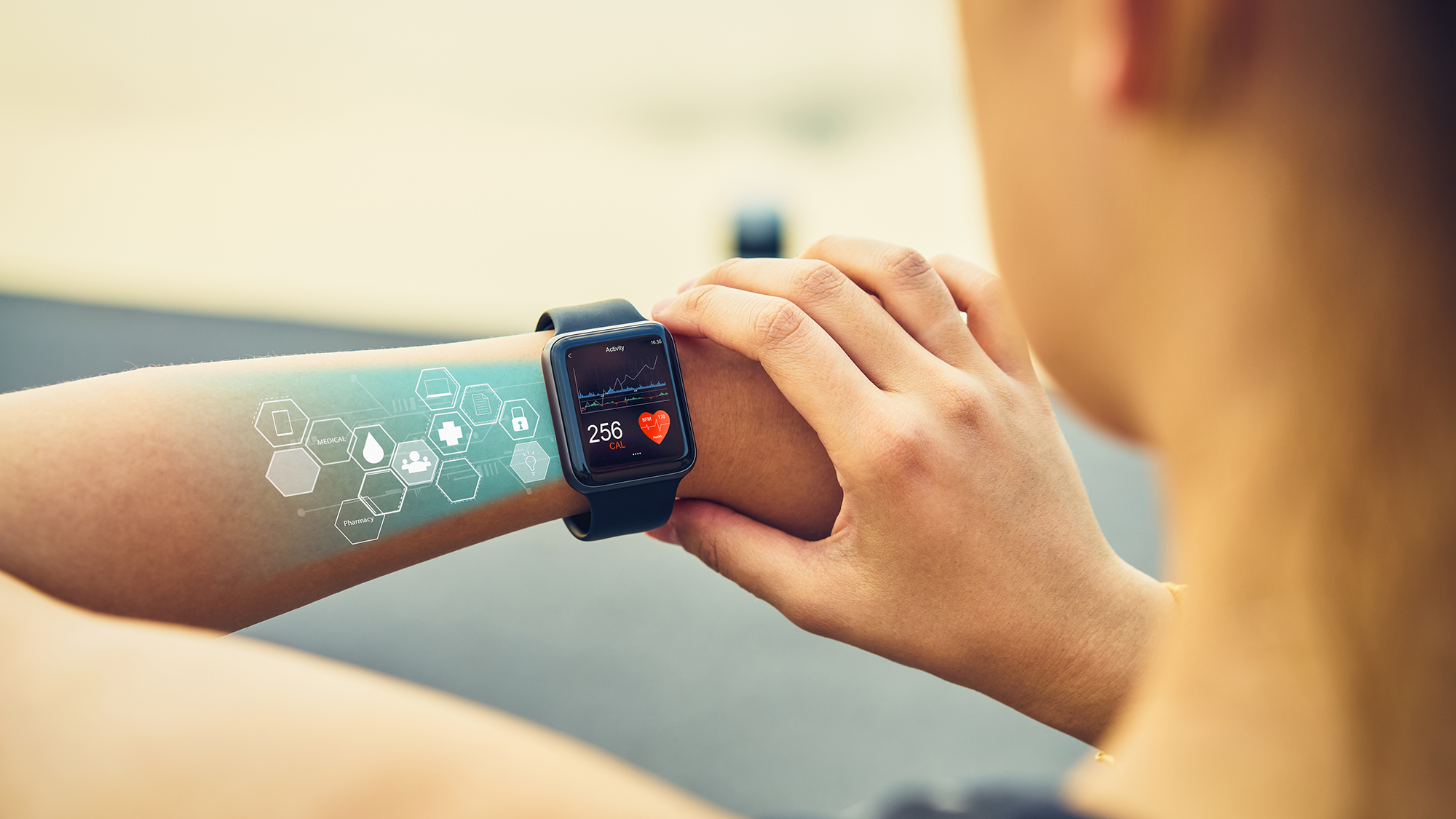There Is More to Light Than Meets the Eye
Life has evolved around the predictable rhythm of day and night. Plants and animals have developed internal biological clocks synchronized with the daily light-and-dark cycle and regulate a wide range of physiological processes and instinctual behaviors.
Daylight provides the cue for some predatory animals to hunt and for prey animals to hide. Migratory birds use light sources such as the sun, moonlight and starlight for orientation. Similarly, plant processes such as flowering, pollination and yield are controlled by the diurnal cycle.
Humans are no exception: Our body’s 24-hour circadian rhythm modulates hormone production governing sleep, hunger, metabolism, mood and many other processes that directly affect our well-being and longevity.
Disrupting Circadian Rhythms
The invention and widespread adoption of electric light began to expose humans and animals to bright light after the sun had set, perturbing the circadian rhythms of living organisms.
As biologist Kevin Gaston explains, artificial light at night can harm animals by altering hormones and behavior. Outdoor lights can harm plants by affecting the time leaves come out in spring. Meanwhile, skyglow can alter the migration of birds that use the stars to navigate. And these effects can cause cascading impacts through ecosystems.
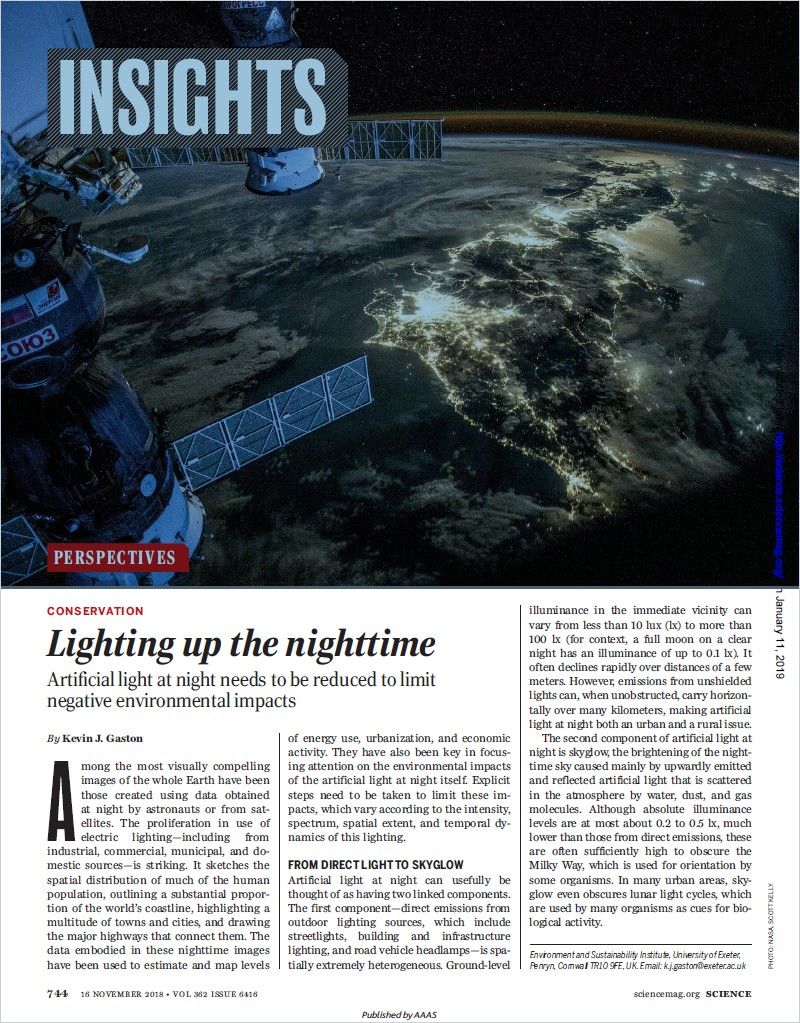
For humans, exposure to artificial light, which tricks the brain into thinking it’s day, has similarly disruptive effects. Nocturnal light, for example, suppresses the production of melatonin, a hormone that helps your body sleep and positively influences sleep quality.
If you take light lightly, you will do so at your own peril.
Light is an important factor when seeking to optimize your sleep, performance and overall health. The bright news: Most best practices related to light exposure won’t cost you anything – not even time – and are well worth exploring.
Here are some tips for making light work for you.
Salute the Sun
Early morning sunlight cues the body to ramp up the release of cortisol, which makes you alert and improves your ability to focus during the day. In addition, early morning sunlight triggers the release of the mood-boosting hormones dopamine and serotonin.
Getting natural light exposure early in the morning is like pressing the “start button” of your circadian clock, setting in motion numerous processes that will eventually make you feel sleepy at night. Hence, it’s highly beneficial to make natural light exposure part of your early morning routine.
Many successful people swear by starting their day with an energizing morning routine. Here are a few reading recommendations:
Full-spectrum Light Matters
Direct sunlight covers all wavelengths useful for plants and animals and is called full-spectrum light. Exposing yourself to indoor artificial lighting or sunlight through a window or car windshield won’t allow you to reap all the circadian and mood-boosting benefits of natural daylight. The sun generates up to 100,000 lux outdoors on a bright summer day. A regular home lamp, by contrast, will only give you 500 lux on average.
Even on overcast winter days, where 3,000 to 5,000 lux are measured, spending 15 – 30 minutes outside in the morning will expose you to sufficient light intensity to reap the benefits of full-spectrum light.
During your morning at work, try to light up your room as much as is comfortable. Exposure to bright lights during the first part of the day promotes the release of dopamine and other molecules that boost your alertness, motivation and focus.
Getting That Light at the End of the Tunnel!
If you live far north or far south of the equator and suffer from recurring low mood, lack of motivation and tiredness during long winter months, you may suffer from Seasonal Affective Disorder (SAD). Researchers believe that the mood disorder is caused by insufficient bright light exposure disrupting your sleep-wake patterns. Similarly, insufficient daylight exposure inhibits the release of mood-elevating neurotransmitters, such as dopamine and serotonin.
A common treatment for the condition is light therapy. A professional light therapy device has a brightness level of at least 10,000 lux, mimicking the light spectrum of the sun. The artificial mini-sun is said to trigger biochemical processes that have a mood-lifting effect. Incidentally, the Coronavirus epidemic saw a sharp increase in demand for these devices as people spent more time inside – while lack of social contact and economic uncertainty further contributed to low mood.
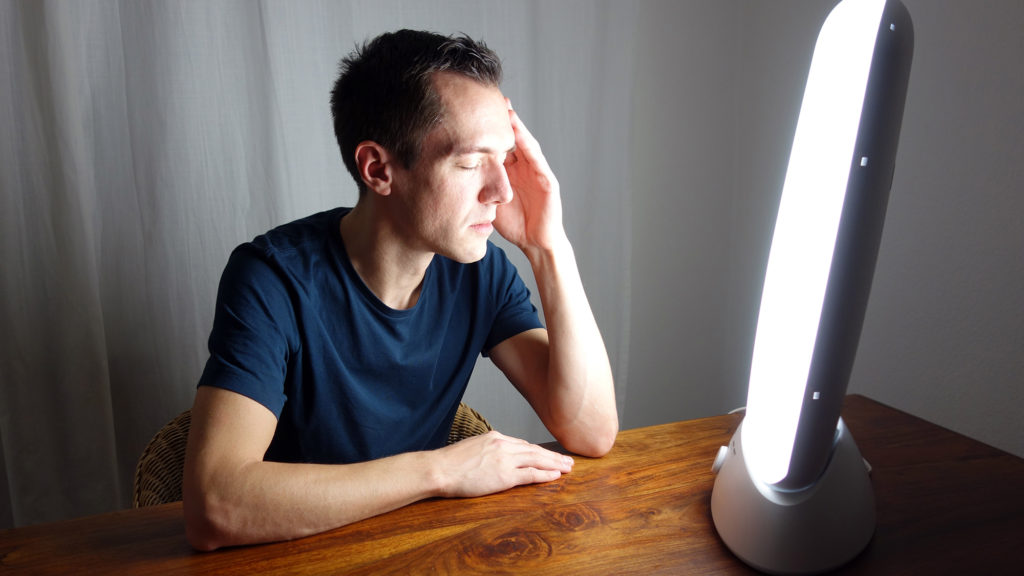
Interestingly, light therapy even works for people whose mood disorders are unrelated to changing seasons. A study conducted at the University of British Colombia has shown light therapy to be an effective treatment for depressive symptoms even if the condition has not been triggered by the seasonal affective disorder.
From Light to Dark
Having exposed yourself to bright lights during the first part of the day, you will want to start dimming the overhead lights and computer screen as the day progresses to simulate late afternoon daylight. Also, try to get some light exposure around sunset. The light patterns (yellows and oranges as opposed to blue) signal to your brain that it’s evening, setting in motion a series of hormonal processes (such as the build-up of melatonin) that prime you for sleep.
In his podcast episode on Using Light to Optimize Health, Stanford University neuroscientist Andrew Huberman refers to soaking up late-afternoon sun rays as a “Netflix vaccination” – meaning that the practice lets you offset at least some of the wakefulness-inducing blue light emanating from your TV screen.
It’s not just nighttime exposure to blue light but bright lights that will suppress your ability to fall asleep. Bright light keeps your cortisol levels high – something you will want at the start of your workday but not before bedtime. Moreover, bright lights suppress the production of melatonin. By contrast, dimming your lights after dinnertime allows your body to release this important, sleepiness-inducing hormone naturally.
By 10 pm, Huberman counsels, avoid bright lights as much as you can. Once you hit the bed, sleep experts advise you keep your bedroom as dark as possible. A recent study involving human volunteers demonstrated that light exposure during sleep prevents your nervous system from winding down properly. Study participants who slept with a light on did not just have suppressed melatonin levels but also a slightly increased heart rate and insulin levels – all factors impeding restful sleep.
What if you need to get up in the middle of the night? Don’t turn on the big light switch! Exposure to bright light will signal to your body that it’s time to wake up, making it difficult to fall back asleep. If you need some light, Huberman suggest you use amber or red light, which have minimal impact on melatonin production.
Although no one suggests you start living like a caveman, knowing about the way light affects your circadian rhythm will help you make the modifications you need to improve your sleep, energy and well-being.
